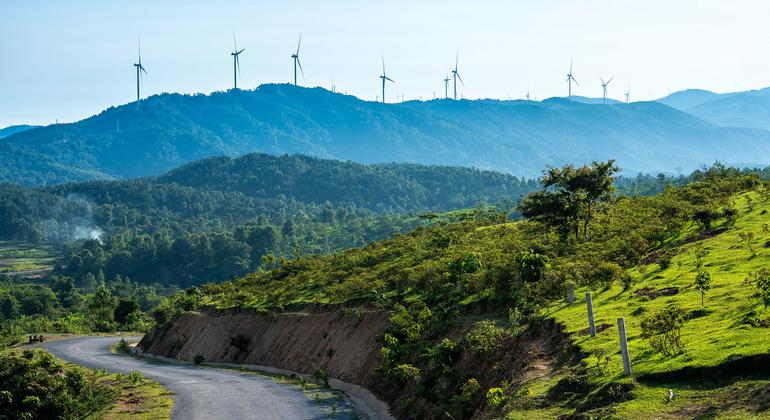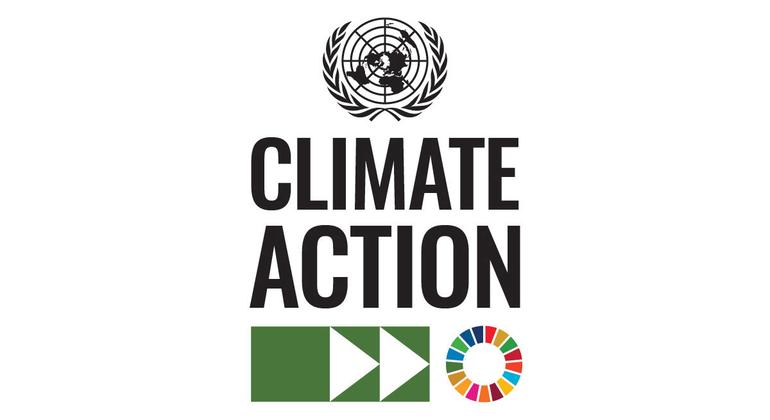
Almost all indicators are off-track or heading in the wrong direction. Extreme weather events are displacing millions of people, the world is heating up, and out-of-control wildfires continue to cause death and destruction, from Canada to the Greek islands.
Coal, oil, and gas still account for 75 per cent of global greenhouse gas emissions, which continue to fuel the climate crisis.
While the damage from the climate crisis is already extensive, and global greenhouse gas emissions remain at record levels, change is possible.
There have been many climate meetings, but this one is unique as it will feature only the “first movers and doers” – those leaders who have responded to the Secretary-General’s call for accelerated action to tackle the climate crisis.
The list will include national and local governments as well as business leaders, financial institutions and representatives of civil society who come with credible, ambitious actions, plans and policies to show. As such, the Summit aims to champion solutions and inspire more leaders to step up and join the “first movers and doers.”
Here are the top five things you need to know:
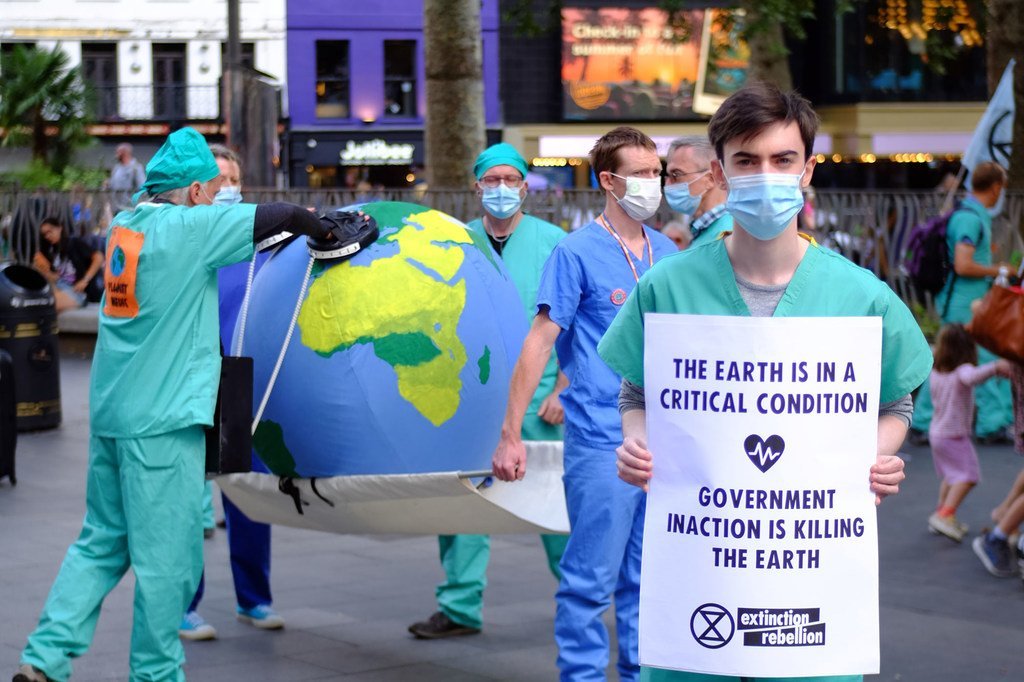
Climate change protesters take to the streets of London, United Kingdom. (file)
1. Time’s up
The climate crisis affects all people and all nations. Half of the world’s population is already living in danger zones, where they are 15 times more likely to die from related impacts, according to the UN. Close to 70 per cent of all deaths from climate-driven disasters in the last 50 years have occurred in the world’s 46 least developed countries.
“The era of global warming has ended; the era of global boiling has arrived,” UN Secretary-General António Guterres has said. “The air is unbreathable, the heat is unbearable, and the level of fossil fuel profits and climate inaction is unacceptable. Leaders must lead. No more hesitancy. No more excuses. No more waiting for others to move first. There is simply no more time for that.”
2. ‘No nonsense summit’
When the UN chief announced the global event last December, he said he expected “a no-nonsense summit”, with no exceptions and no compromises.
“There will be no room for back-sliders, greenwashers, blame-shifters, or repackaging of announcements from previous years,” he said.
A growing legion of nations, influencers, and leaders are stepping up. Since 2015, the number of countries with national disaster risk reduction strategies has more than doubled. Many have joined such initiatives as the Secretary-General’s Climate Action Acceleration Agenda.
Launched earlier this year, the agenda sets out the tasks needed in 2023 from government, business, and finance leaders to prevent crossing dangerous climate thresholds and to deliver justice for those on the frontlines. This includes calling on countries to “speed their efforts”, commit to no new coal, and phase out its use, and get to get to the cleanest finish line: net-zero emissions, he said.
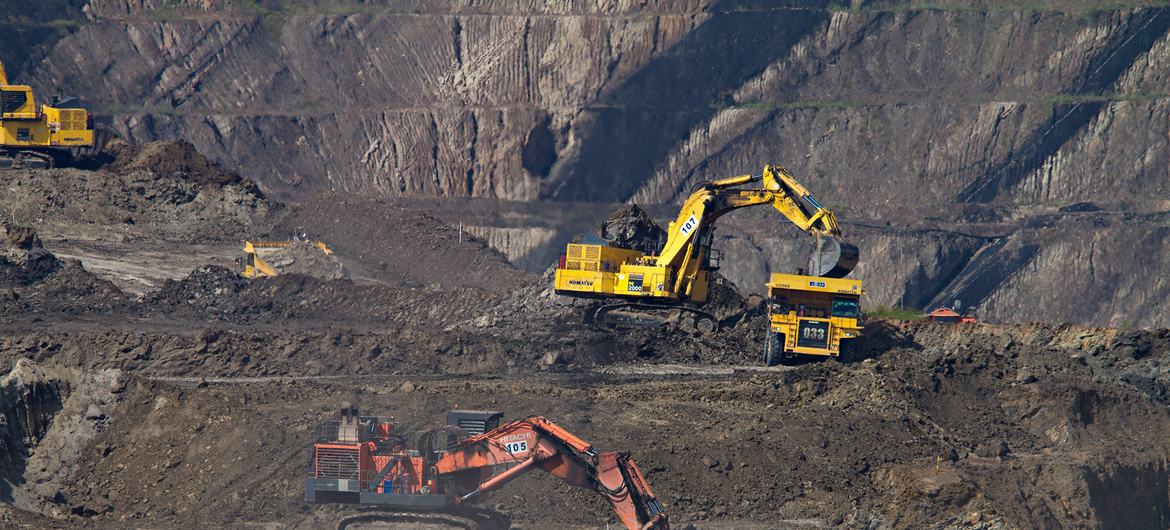
Countries are being urged to phase out the mining and use of coal.
“Net zero” is the term which describes achieving the balance between carbon emitted into the atmosphere and the carbon removed from it.
The science shows clearly that in order to avert the worst impacts of climate change and preserve a liveable planet, the global temperature increase needs to be limited to 1.5°C above pre-industrial levels.
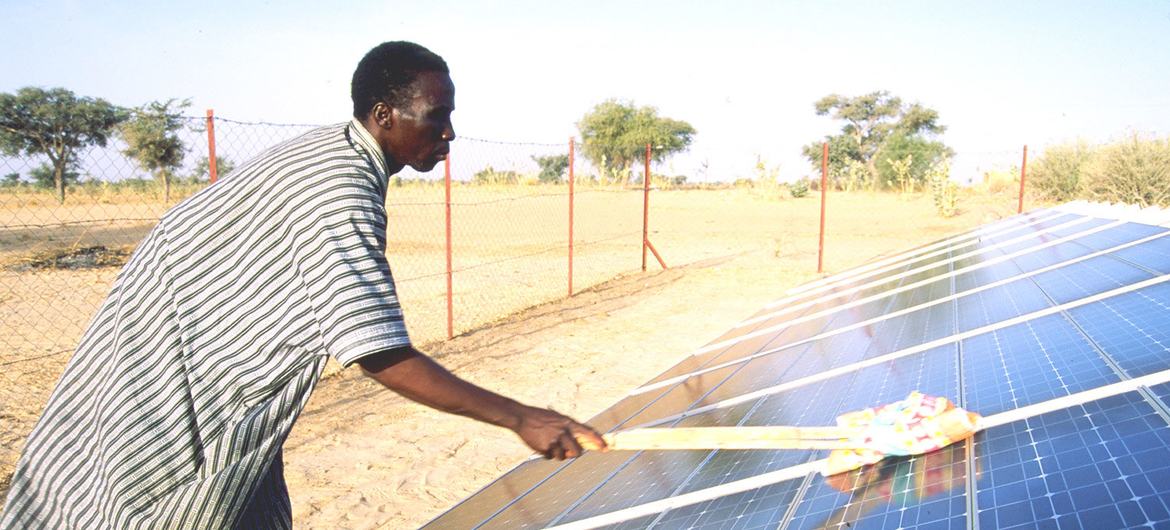
A man cleans a solar panel in Niger.
3. Cleaner ambitions
Government leaders, especially major emitters, are expected to deliver report cards.
They will report on where the stand on honouring their commitments to such landmark treaties as the Paris Agreement on climate change.
In addition, action plans, also called nationally determined contributions (NDCs), are expected. These will include net-zero targets to pledges towards the Green Climate Fund, which supports developing countries to raise and realize their action plans for lowering emissions and building resilience.
All main emitters, and notably all G20 governments, will be asked to commit to presenting, by 2025, more ambitious economy-wide nationally determined contributions featuring absolute emissions cuts and covering all gases.
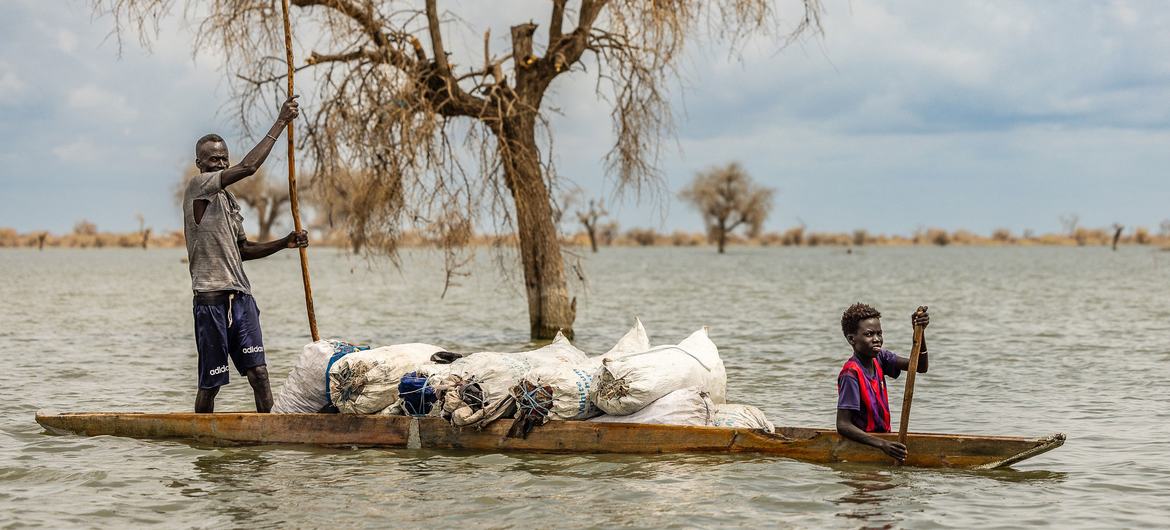
Scientists say that extreme weather events leading to drought or flooding, as pictured in South Sudan, are becoming more frequent due to climate change.
4. Goodbye greenwashing
Leaders of businesses, cities, regions, and financial institutions will be expected to present transition plans aligned with the UN-backed credibility standards as presented in the UN-commissioned Integrity Matters report.
This standard for voluntary net-zero pledges is the only such benchmark that is fully aligned with limiting global heating to 1.5°C.
The report calls for, among other things, strategies to stop and phase out fossil fuels, emissions cuts, and a commitment to publicly advocate for science-based climate action.
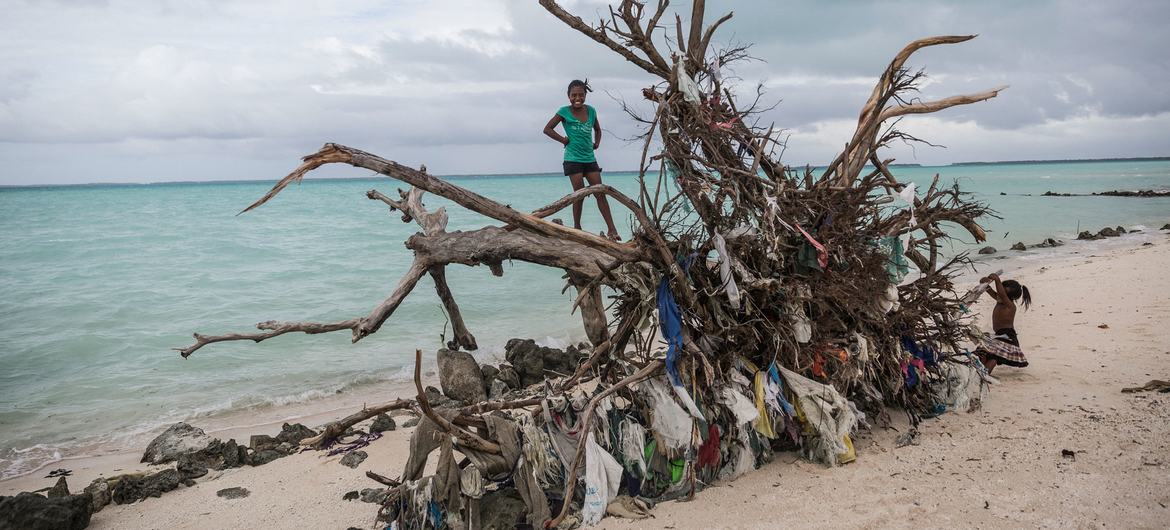
Small nations like Kiribati often suffer the worst effects of climate change.
5. Climate justice now!
The goal is achieving climate justice. That means considering the world’s tiniest polluters that bear the ever more dangerous burden of the biggest emitters, particularly the G20 countries.
Summit participants will address challenges and opportunities related to accelerating the decarbonization of high-emitting sectors, including energy, shipping, aviation, steel, and cement industries.
They are expected to unveil actions to mete out climate justice.
A glimpse of what that looks like on the ground includes protecting more people from climate disasters by 2027, and doubling adaptation finance by 2025.
It will also include discussions on operationalizing the Loss and Damage Fund. The first of its kind financing arrangement to help vulnerable nations, the Fund was the crowning outcome at the latest Conference of Parties to the UN Climate Change Convention, commonly called COP 27.
Why is 1.5°C important?
The Paris Agreement commits countries to limit the global average temperature rise to well below 2°C above pre-industrial levels, and aim to limit the increase “even further” to 1.5°C.
According to the UN’s Intergovernmental Panel on Climate Change (IPCC), the difference between 1.5°C and 2°C is:
- the difference between 70 per cent or 99 per cent of coral reefs dying
- double the likelihood that insects that are vital pollinators lose half their habitat
- ice-less summers in the Arctic Ocean, once per century or once per decade
- 1 metre added in sea level rise
- 6 million or 16 million affected by sea level rise in coastal areas by the end of the 21st century

